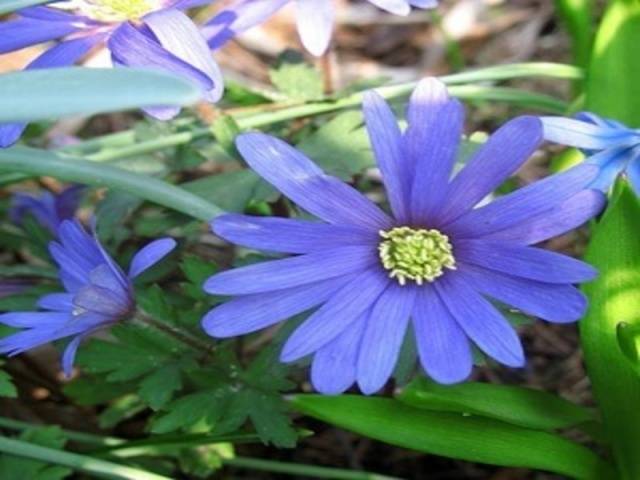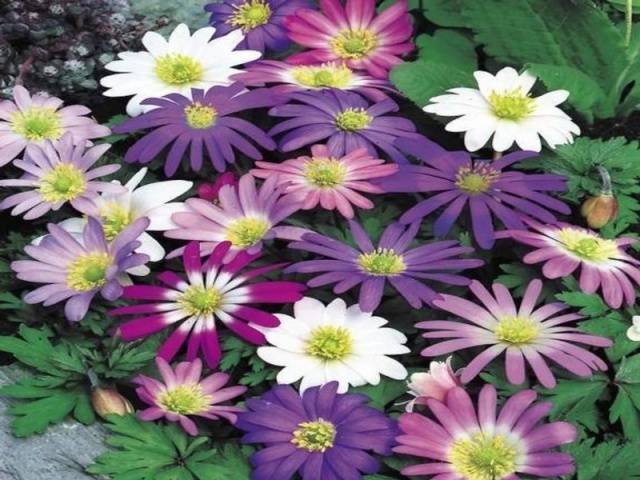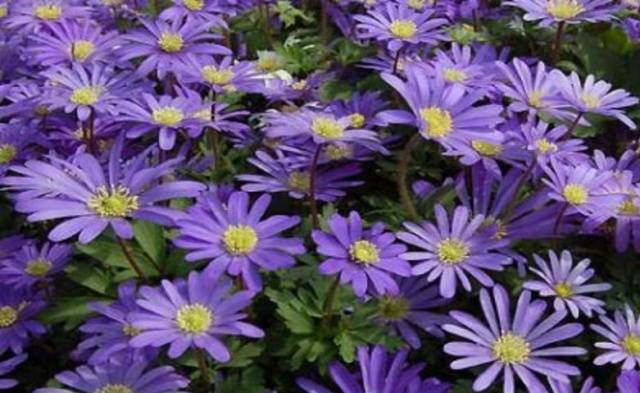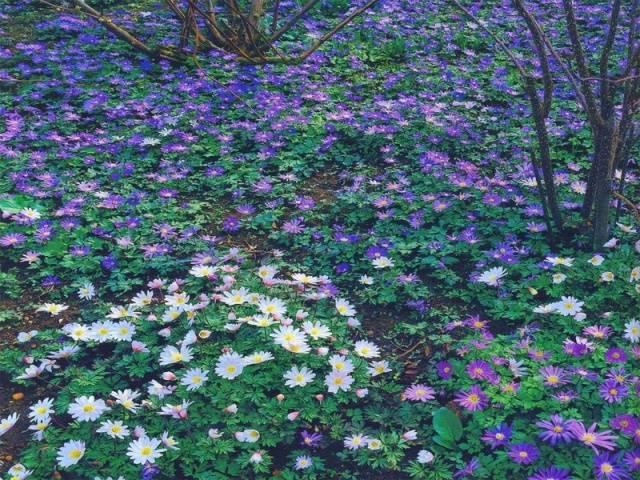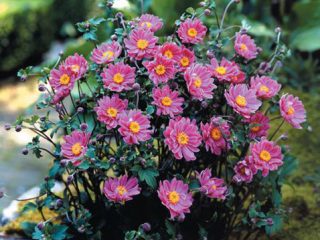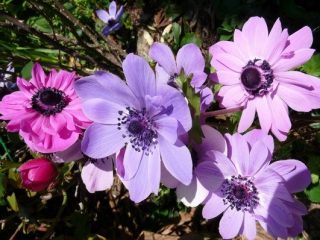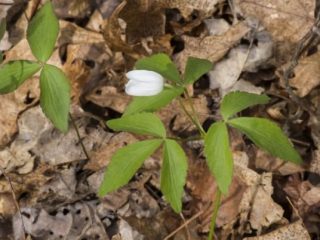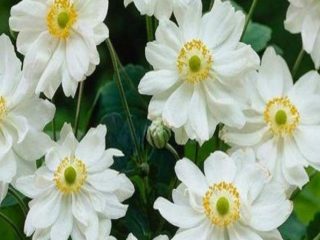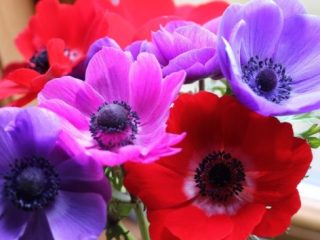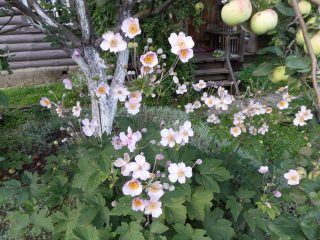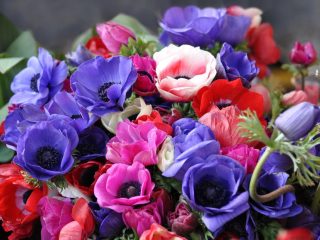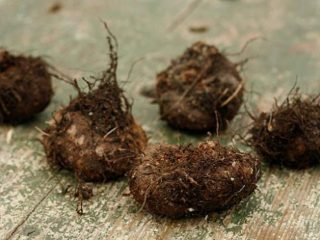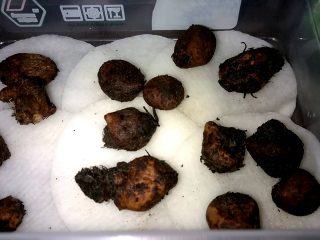Content
The flower belongs to the family of buttercups, the genus anemone (includes more than 150 species). Some gardeners and gardeners know this flower as the "daughter of the winds". This is what the ancient Greeks called it.
The perennial plant anemone Bland has become a permanent resident of most summer cottages. The flowering period begins in late April-early May and lasts approximately three weeks. The Blanda flower is considered mountainous and grows naturally in the Caucasus, the Balkans, and Asia Minor. This plant is light-loving and when choosing a site for planting and caring for a plant, preference is given to the southern, light sides. Anemone Blanda is considered a drought-tolerant plant and therefore tolerates a period of temporary lack of water better than its excess.
The habitual soil of Bland's anemones is natural moist calcareous soil. The root system of the plant is represented by a tuberous rhizome of an indefinite shape. Stems 14-21 cm high grow from buds located in the upper part of the rhizome. A poppy-shaped anemone flower with a diameter of 3-3.5 cm is formed at the end of each stem. Flower bushes look graceful and airy.
Bland's anemone is mainly grown with blue-purple petals. However, there are several dozen varieties with flowers of other shades:
- Anemone Blue - a spring blooming variety, the flowers of which are deep blue (as in the photo);
- Anemone Blanda-Mix - a mixture of flowering plants that have flowers of different colors: pink, blue, blue, white. Does not grow above 25-30 cm. The active flowering period is late March-early June. If the tubers are planted with an interval of 10-15 days, then the long and spectacular flowering of the plant will last. The Blanda-Mix anemone variety is most often chosen for decorating flower beds and flower beds. Thanks to the bright and rich colors of flowers (as in the photo), the flower bed can be decorated without planting other plants. To create a decorative flowering "pillow", up to 49 roots or bulbs of Bland's anemone are planted on one square meter;
- Anemone Blu Shade is the lowest growing variety of anemone (no higher than 10-15 cm). elegant blue flowers (see photos) exquisitely decorate spring lawns.
Features of growing anemone
Anemone Blanda belongs to those few plants that grow well both in the country and in the apartment. Depending on the place of cultivation, the nuances of planting and caring for the plant are determined.
Site and soil selection
If you want to breed anemones in the country, you must first of all choose a suitable place.
The flower can hardly tolerate the lack of lighting, therefore, for planting and caring for it, it is advisable to select an area that is well lit or slightly shaded. Only with the right amount of sunlight Blanda is able to bloom magnificently and for a long time.
There is a special requirement for land. The soil should be loose, breathable. Preferably neutral or alkaline, but never acidic (pH 5-8 is appropriate). To give the soil airiness, sand can be added to the ground. When it is necessary to lower the acidity level, wood ash is used. For this, the soil around the bushes is sprinkled with ash.This must be taken into account when planting anemones or during their growth.
When choosing a landing site, you need to pay attention to the moisture content of the soil. Since Blanda's anemone does not like extremes: excess moisture will lead to decay of the rhizome, and from a lack of water, the plant stops blooming and can discard foliage. Therefore, before planting the anemone under the bushes, you need to make sure that this area is not flooded in the spring with cold melt water.
Breeding methods for Bland's anemone
For flower propagation, you can use seeds or dividing the rhizome.
- Breeding Bland's anemones with seeds is usually difficult. And this has nothing to do with the skills of the summer resident. Plants are simply characterized by poor seed germination - about 25%. Sow only freshly harvested seeds. A plot in the shade is allocated for sowing. The soil is specially loosened and fertilized. Anemone seeds should not be deeply lowered into the ground, as there is a risk that they will not germinate. At this stage, you should especially monitor the soil moisture, avoiding stagnation of water. Seeds germinate next year, in the spring.
- An easier way to breed Bland's anemones is dividing the rhizome... It is necessary to carry out such an operation when the dormant period of the flower occurs - in July-August. The root is carefully dug out and parts with buds are separated from it. A piece of anemone tuber is buried in a specially prepared hole. Planting depth - 3-5 cm. It should be borne in mind that Blanda takes root for a long time in a new place. When preparing the soil, you must carefully select the old rhizomes, since the anemone root is very fragile and easily damaged.
The cultivation of the Anemone Blanda Shades flower is not associated with great difficulties or financial costs, therefore it is available to many summer residents and flower growers.
Plant care
Anemone Blanda is considered an unpretentious plant that does not require much attention. The main requirement for planting and caring is to control the level of soil moisture. In arid areas, it is advisable to cover the soil around the planting with peat mulch or foliage of trees (linden, maple, apple tree). This technique makes it difficult for moisture to evaporate from the soil and its compaction. Mulch also inhibits growth. weeds... The optimal mulch layer is 3-5 cm.
If the area does not suffer from a lack of water, then areas located on a hill are selected. In such cases, it is also important to ensure good drainage of the soil.
After the end of the growing season in mid-summer, the leaves of the Bland anemone turn yellow and die off. The flower is considered frost-hardy and, if the winters are not harsh, then the roots can not be dug out, but left for the winter. In order not to accidentally damage them, it is recommended to fence or mark the area with anemones in some way. If the winters are cold, then the plant is additionally covered with a leaf pillow or spunbond.
When planting and caring for Bland's anemone at home, it should be borne in mind that an abundance of diffused light must be provided for the plant. Leaving the flower in direct sunlight is highly undesirable.
Fertilizing the anemone is desirable during the flowering period. The most suitable option is the use of complex mineral fertilizers. Excess feeding can negatively affect the growth of the flower, therefore, with feeding, one must observe the measure.
Plant diseases and pests
Bland's flower is resistant to disease, and thanks to the poisonous sap, pests bypass the plant.
There are several diseases that can damage the anemone:
- nematodes (microscopic phytohelminths) - gnaw through leaves, roots. Outwardly, this manifests itself in the appearance of spots of a yellowish-brown color. You can destroy the pest by spraying the bush with Decaris solution (tablet per liter of water). Preventive measures include: the exclusion of watering flowers from above and in cool weather. If the bushes are severely affected, then the diseased anemones are dug up and burned. The soil on the site of diseased flowers must be replaced;
- the aphid feeds on plant juices and Blanda weakens.Leaves curl, buds fall off. The flower withers and becomes susceptible to other diseases. Aphids also provoke the development of fungal diseases in the plant. When several bushes are affected, chemicals can be used: Carbofox, Fufanon. You can also spray Bland's flowers with broths of wormwood, tansy. Prevention - mulching the soil, fighting ants that spread aphids;
- slugs eat the foliage, the stems of the anemone and the plant dies. If there are few slugs, then you can simply collect them and take them out of the area. Prevention - mulching the soil around the flowers, thoroughly weeding and loosening the soil.
Common preventative measures include regularly weeding, loosening the soil, removing damaged foliage, and burning diseased plants.
How to combine anemone with other flowers
This delicately flowering perennial plant is popular not only among summer residents, but also among landscape designers. Anemone Bland's mixture can be attributed to universal colors, as it looks harmoniously on an alpine slide, in rockery. Low-growing flowers are used to decorate mixborders. You can stylishly decorate stone paths with Bland Blue anemones. These bushes of different colors look great with fruit trees and other ornamental shrubs (see photos).
The best companions for spring anemones are primroses, peonies, primroses, tulips or daffodils.
Anemone Blanda is an exceptionally delicate flower that pleases summer residents with bright flowering in spring. It is enough to pay a minimum of attention to it, and it will bloom gratefully on the site for many years.
